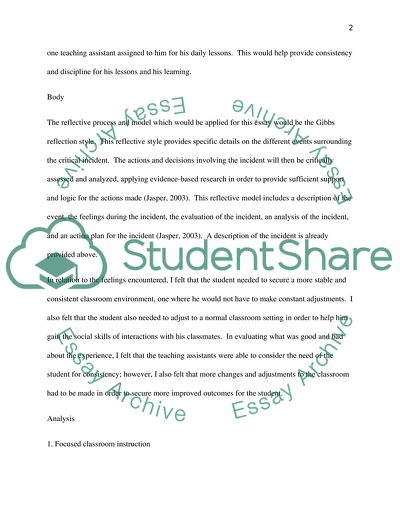Cite this document
(“Organising the classroom for ADHD pupils Essay Example | Topics and Well Written Essays - 1500 words - 1”, n.d.)
Organising the classroom for ADHD pupils Essay Example | Topics and Well Written Essays - 1500 words - 1. Retrieved from https://studentshare.org/education/1612325-organising-the-classroom-for-adhd-pupils
Organising the classroom for ADHD pupils Essay Example | Topics and Well Written Essays - 1500 words - 1. Retrieved from https://studentshare.org/education/1612325-organising-the-classroom-for-adhd-pupils
(Organising the Classroom for ADHD Pupils Essay Example | Topics and Well Written Essays - 1500 Words - 1)
Organising the Classroom for ADHD Pupils Essay Example | Topics and Well Written Essays - 1500 Words - 1. https://studentshare.org/education/1612325-organising-the-classroom-for-adhd-pupils.
Organising the Classroom for ADHD Pupils Essay Example | Topics and Well Written Essays - 1500 Words - 1. https://studentshare.org/education/1612325-organising-the-classroom-for-adhd-pupils.
“Organising the Classroom for ADHD Pupils Essay Example | Topics and Well Written Essays - 1500 Words - 1”, n.d. https://studentshare.org/education/1612325-organising-the-classroom-for-adhd-pupils.


